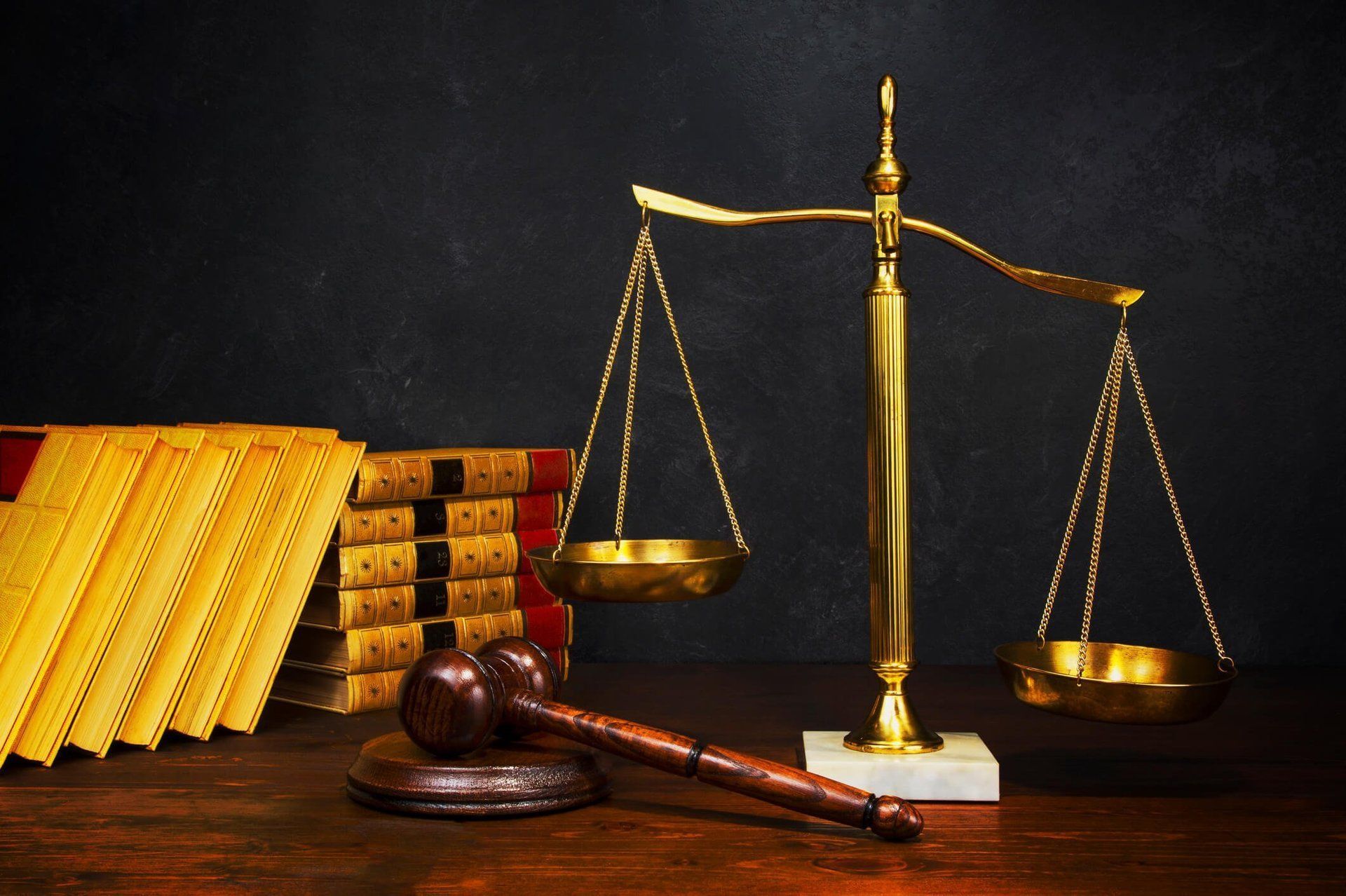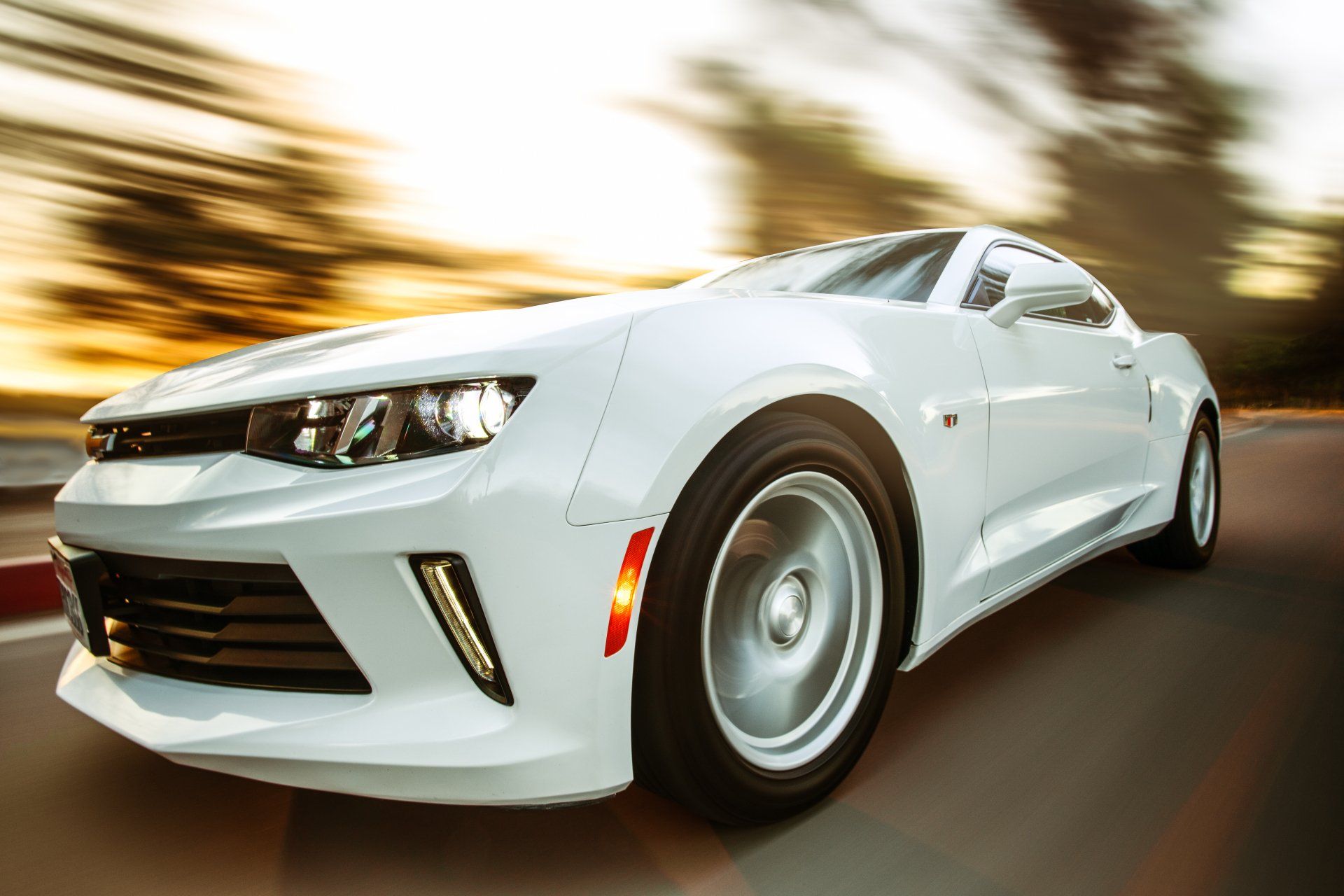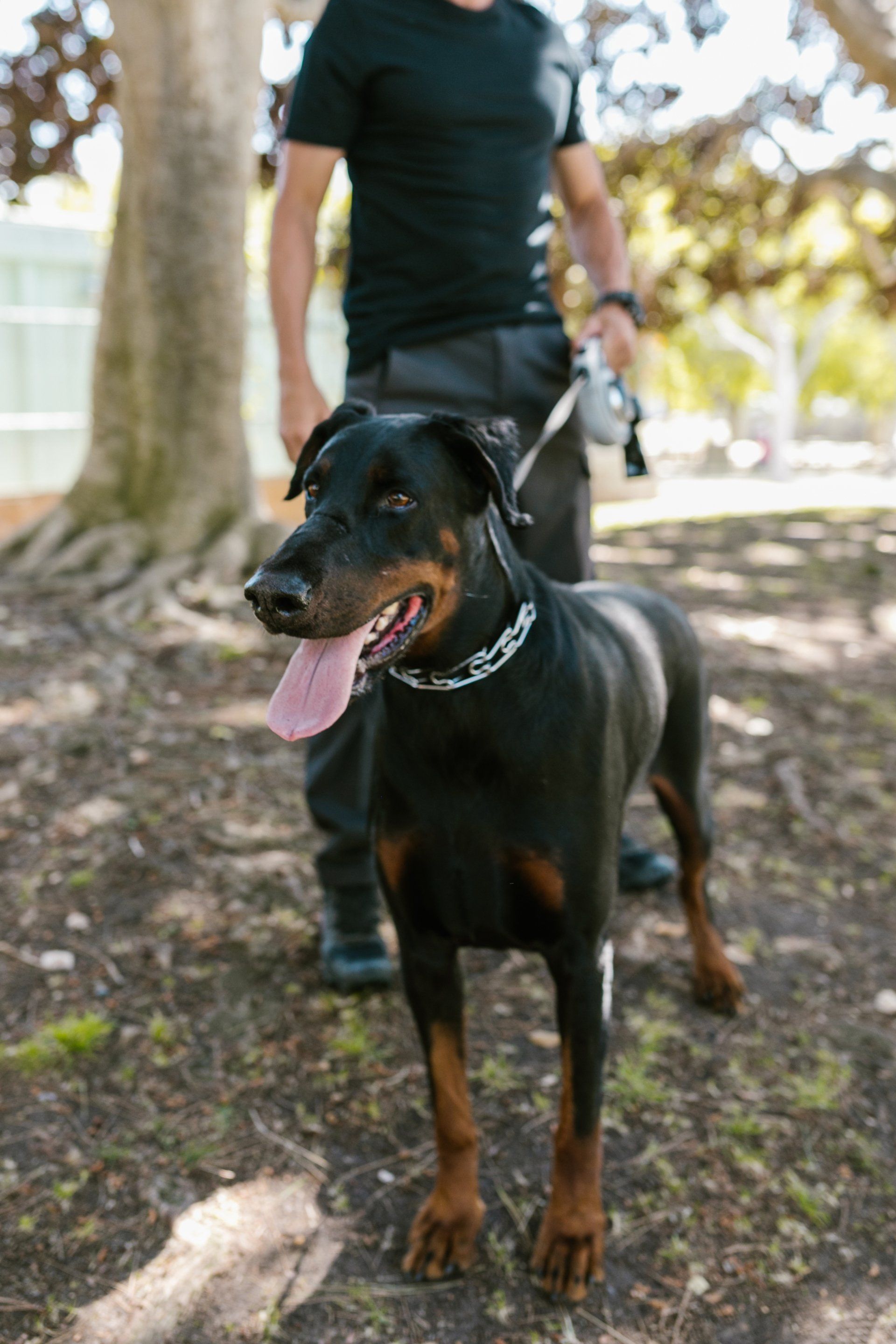
Being in a car accident is a notoriously stressful experience – for good reason. Even if you aren’t injured, you still have to worry about dealing with law enforcement, deciding whether or not to file an insurance claim, actually filing the claim, finding a reputable auto body shop to do the repairs and of course being without a vehicle while it’s being repaired or you’re shopping for a
new one if it was totaled.
Of course, one of the first things you’ll have to deal with is determining fault, which isn’t always the easiest thing to do. There are scenarios in which clearly delineating fault is difficult for legitimate reasons of physics and road variables, and there are just as many times where a driver, for a variety of possible reasons, doesn’t want to admit negligence or aggressive driving on their part.
That being said, it’s still vitally important for your insurance claim and your driving record that fault is accurately determined. So how exactly is fault determined after an auto accident?
No Doubt Liability
There are certain accident scenarios in which one party is virtually always liable. Insurance companies are notorious for arguing fault, but in these scenarios, even the insurance companies generally acquiesce without a fight. These scenarios include:
Rear-End Fender Benders – If someone hits you from behind at a stop light in a right turn lane, for example, it is generally considered a case of no-doubt liability. The driver behind you, as dictated by common rules of the road and law, is responsible for ensuring they have enough time to safely stop without hitting the vehicle in front of them. Even if someone behind the car hit them first and knocked them into you, they are still responsible for damage to your car and any injuries you or your passengers incurred, although they likely have a claim against whoever hit them to set off the whole chain reaction.
Left Turn Accidents – If a car making a left hits another vehicle traveling in the opposite direction it is almost always assumed that the driver making the left turn is responsible. The only exception to this rule are situations in which the vehicle traveling in the opposite direction was excessively speeding or running a red light when the accident occurred.
Drunk Driving Accidents – In virtually every accident where one of the vehicle operators was intoxicated, the law and insurance companies tend to automatically concede that the intoxicated person is at fault for the accident.
Contributory Negligence
Contributory negligence occurs when the injured party played some role in their own injury, meaning the negligent party isn’t fully liable for the injury. For example, if you were making a left turn and hit someone traveling the opposite direction, and that person was traveling 30 miles over the speed limit, you can likely use contributory negligence as a defense. As a driver, you may have seen the vehicle coming and, judging the distance, assumed you had enough time to safely make the turn, without realizing the rate of speed at which the oncoming vehicle was traveling was too great to make it through the intersection in time.
In that scenario, the court may find that you are 70% responsible and the driver who was hit was 30% responsible. If the maximum compensation were $10,000 the court would rule that you owe the other driver $7,000 instead of the full $10,000.
Improving Your Chances for Establishing Fault
Whether for bringing a personal injury case or just dealing with the insurance company, evidence from the accident scene is always going to be the most important factor when determining fault. Police reports and visual evidence will always carry the most weight in this regard. Take photos of the accident scene and the damage to your car as well as the other driver’s vehicle. Much can be determined by where the damage on the vehicles is located and the angle at which the accident occurs.
Witnesses can also be hugely important when the courts are trying to determine fault and if there is potential contributory negligence. If possible, stop and ask any potential witnesses for their version of events at the accident scene. Make sure to ask them if they’d be willing to testify or write a statement explaining the accident from their perspective.
Also, never apologize for the accident, regardless of whether or not you think you’re at fault. Don’t say anything to the other driver or law enforcement that expresses remorse or could be construed as you admitting fault.
If You or a Loved One Have Been Injured in a Phoenix Area Auto Accident, Call Attorney Steven R. Garcia
Attorney Steven R. Garcia has been practicing law in Arizona for more than 10 years, and has extensive experience representing people in the Phoenix area who have been injured during auto accidents. Mr. Garcia puts an emphasis on being thorough, collecting evidence and developing an accurate timeline of events to clearly show the negligent party’s culpability in your injury. If you’d like to learn if you have a case, please schedule a FREE initial consultation with Phoenix auto accident injury attorney Steven R. Garcia by calling (602) 277-2277.

